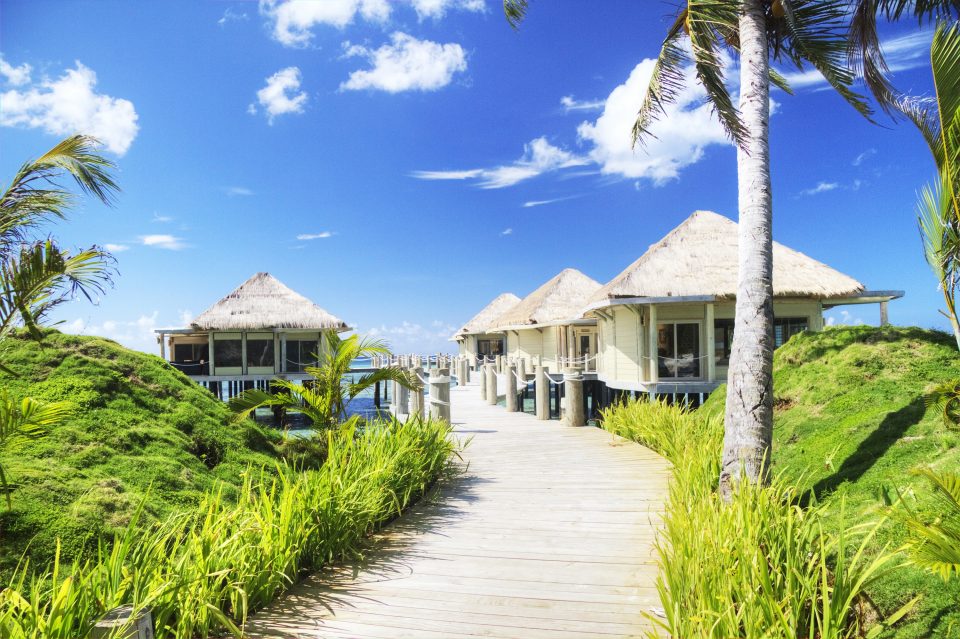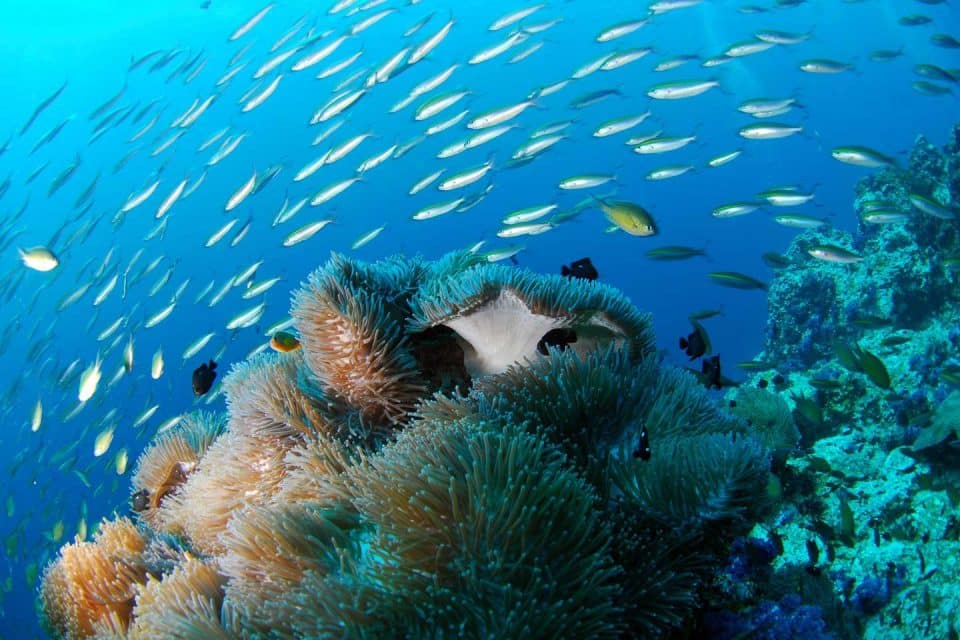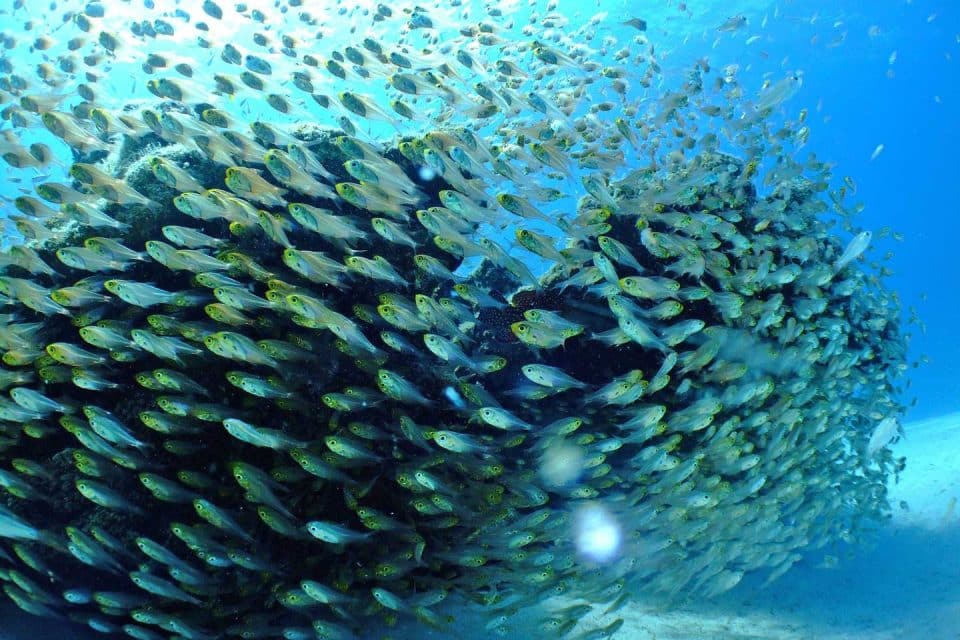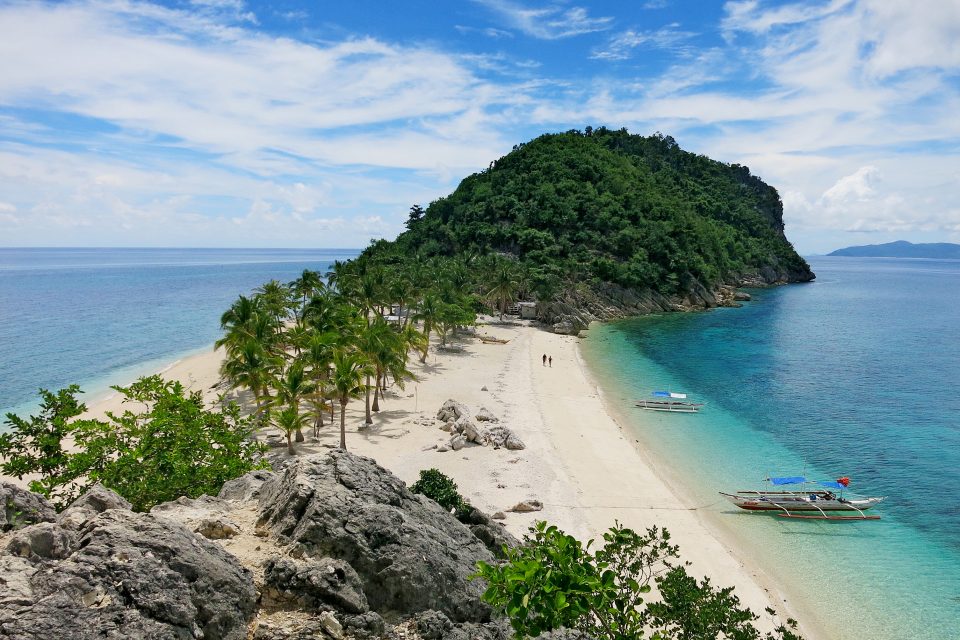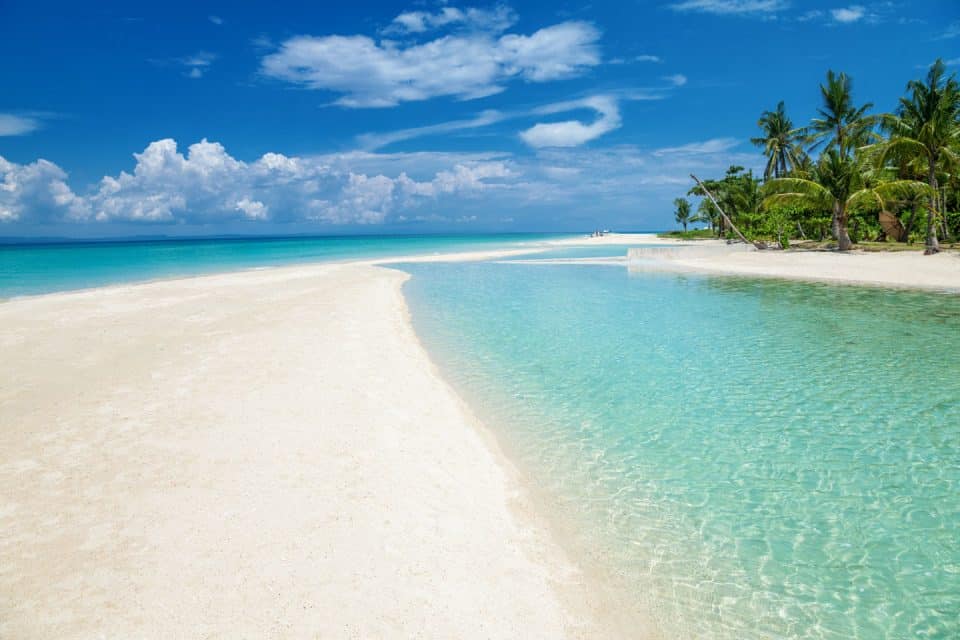PHILIPPINES TRAVEL GUIDE CONTENTS
At a Glance | Trip Planning | Things to Do | What to Eat | Places to Stay | Latest
At a Glance
Looking for a guide to the Philippines? This Philippines Travel Guide will walk you through the best things to see and do in the country. Home to over 7000 islands, the Philippines is one of those destinations that is largely underrated compared to other destinations in Southeast Asia.
However, for the travelers that do go, you will be rewarded with endless white sandy beaches, crystal clear waters, gleaming emerald-colored volcanoes and lakes, and impressive rice fields and mountains.
Proudly hailing from this beautiful country, this Philippines Travel Guide is full of personal recommendations, tips, and essential information to help you explore and make the most out of your trip to the Philippines.
Philippines Quick Information
Currency: Philippine Peso
Electricity Socket: standard 220v electricity with mostly type A and B plugs (Standard American plugs). To avoid the hassle of having to buy new adaptors for everywhere you go, we recommend picking up a Universal Travel Adaptor before you leave.
Visa: Nationals from 151 countries may enter the Philippines without a visa and stay for a maximum of thirty (30) days, provided they are holders of a passport valid at least six (6) months beyond the period of stay in the Philippines, and present a return or outward bound ticket to their country of origin or to your next country of destination (They are quite strict with showing an outbound ticket so plan accordingly).
Brazilian and Israeli nationals are given fifty-nine (59) days stay based on existing agreements.
Some nationalities can only stay for 7-14 days so it is best to check the government website beforehand. If you plan on staying for longer than 30 days, you can apply for a visa waiver first, granting an additional stay of twenty-nine (29) in the Philippines.
Safety: Most parts of the Philippines, especially the main tourist destinations are pretty. safe to travel. Naturally, things like petty theft happens so just be on the lookout and make sure you’re sensible with your belongings.
If you are still unsure, there are plenty of Facebook groups like Backpacking Southeast Asia and Philippines Backpacker Travel where you can post to ask about any safety concerns that you have.
For travel insurance, we recommend that you check out Safety Wing for extensive travel plan coverage and affordable monthly plans.
Language: Despite being home to multiple dialects, Tagalog is considered as the National language. However, one of the most beautiful things about the Philippines is that almost everyone speaks English which makes it easier to communicate with the locals.
Festivals and Celebrations: Undoubtedly, wherever you are in the Philippines, there is a big party, festival, or fiestas (local celebration) going on. It is very common for people to invite complete strangers to join in on the fun.
A few big ones though are Ati-Atihan in Kalibo which is near Boracay (January), Sinulog in Cebu (January), and Masskara in Bacolod (October). These festivals generally comprise of big street parades with locals showing off their indigenous native costumes. Expect to have lots of street dancing, and local rum drinking.
Transportation: The transport from one place to the next is can be a mission due to it being an archipelago. If you have limited time, flying from one island to the next is essential. We recommend using the 12Go website to view bus, boat, and train schedules ahead of time. Bookaway also allows you to book buses from Manila to Banaue, Sagada, Batangas and more.
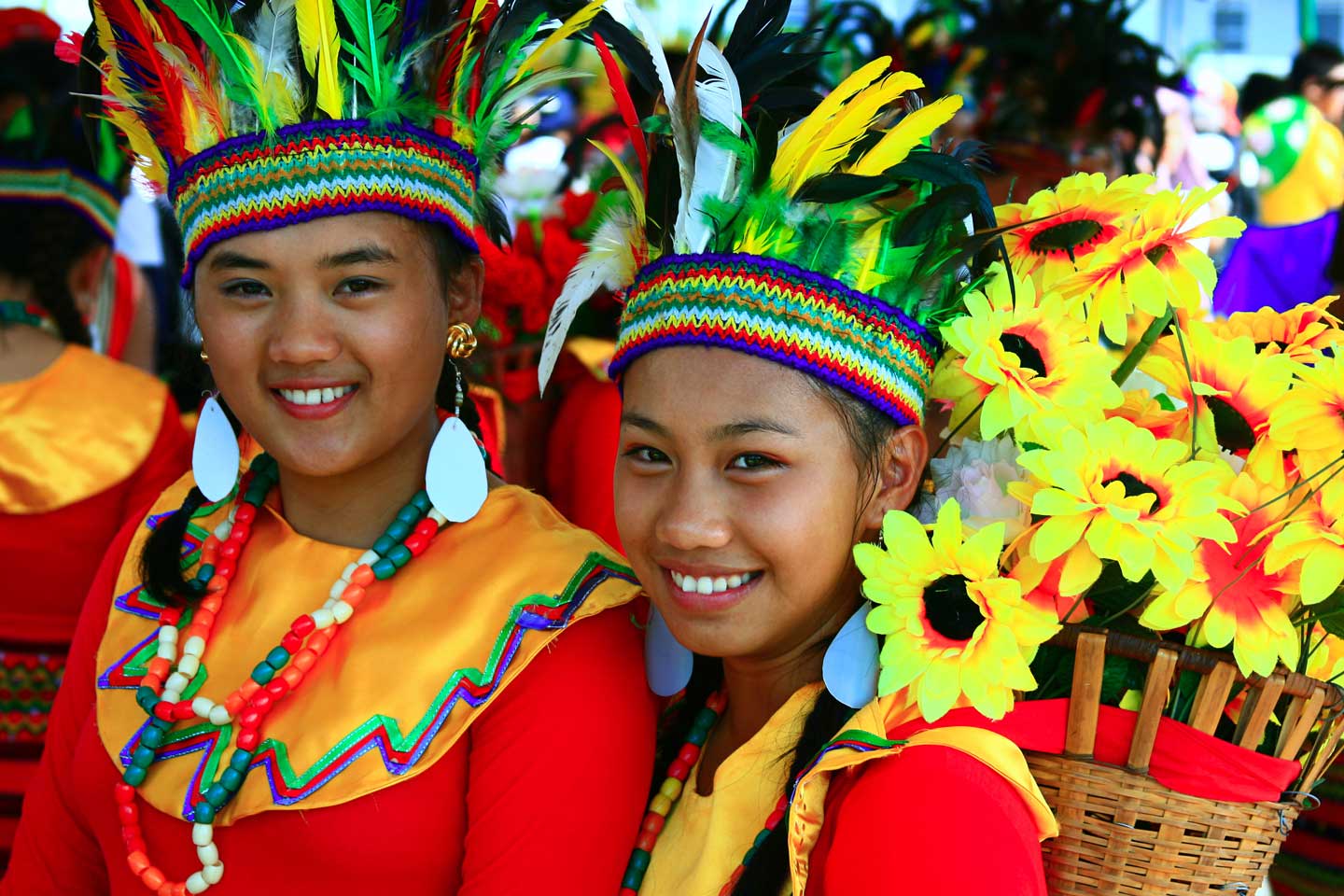
Philippines Trip Planning
While you can visit the Philippines all year round, it is generally better to avoid the wet or rainy season. Although with the exception of big typhoons, during the wet season, days are more likely to be hot with short rain showers in the afternoon so it isn’t entirely too bad.
In a nutshell, the weather in the Philippines can be broken down into two parts. The dry season (January-May) and wet season (June-December).
Want to see how the Philippines compares to other Southeast Asian countries? Check out our Thailand vs Philippines guide.
Rough Budget
Although it is still considered cheap, compared to other Southeast Asian countries, the Philippines is still slightly more expensive with accommodation usually being the biggest expense. A comfortable budget would be around $35-40 a day, depending on your travel style.
Because most of the places around the Philippines is spread out (it is an archipelago, after all) most people end up spending a lot on transportation as well. If you have more time and you don’t mind traveling slow, you can definitely stretch your budget a bit more. Here’s an estimate of rough costs on traveling the Philippines.

Accommodation
Budget: $7-10 (dorm), $15-25(private)
Mid-Range: $30-50
Splurge: $60++

Food (Typical Meal For One)
Street food: $1-2
Restaurant: $6-8
Very nice restaurant: $12+
Beer: $0.40
Beer in a bar: $2

Transport
Jeepneys (local bus) $0.39
Tricycles: $1-2 depending on distance
Overnight buses: $15-20
Flights (local): $50-100
What to Pack for Traveling the Philippines
As the Philippines is a warm tropical country, make sure you pack accordingly. If you decide to head up North to the rice terraces, the weather can get cooler so bringing a light waterproof jacket is highly advisable.
If you plan to spend most of your time island hopping, make sure you bring ample sunblock or rash guards as protection. Unless you plan on taking on some steep trails, a good pair of training shoes should be enough. For a full list of what to bring, check out our Philippines Packing List which has all our top recommendations on what to bring.
Whatever you do, we recommend taking a sturdy backpack with you. We love our Nomatic Travel bag (best bag ever!) which we use as our day bag and our trusty Osprey backpack.
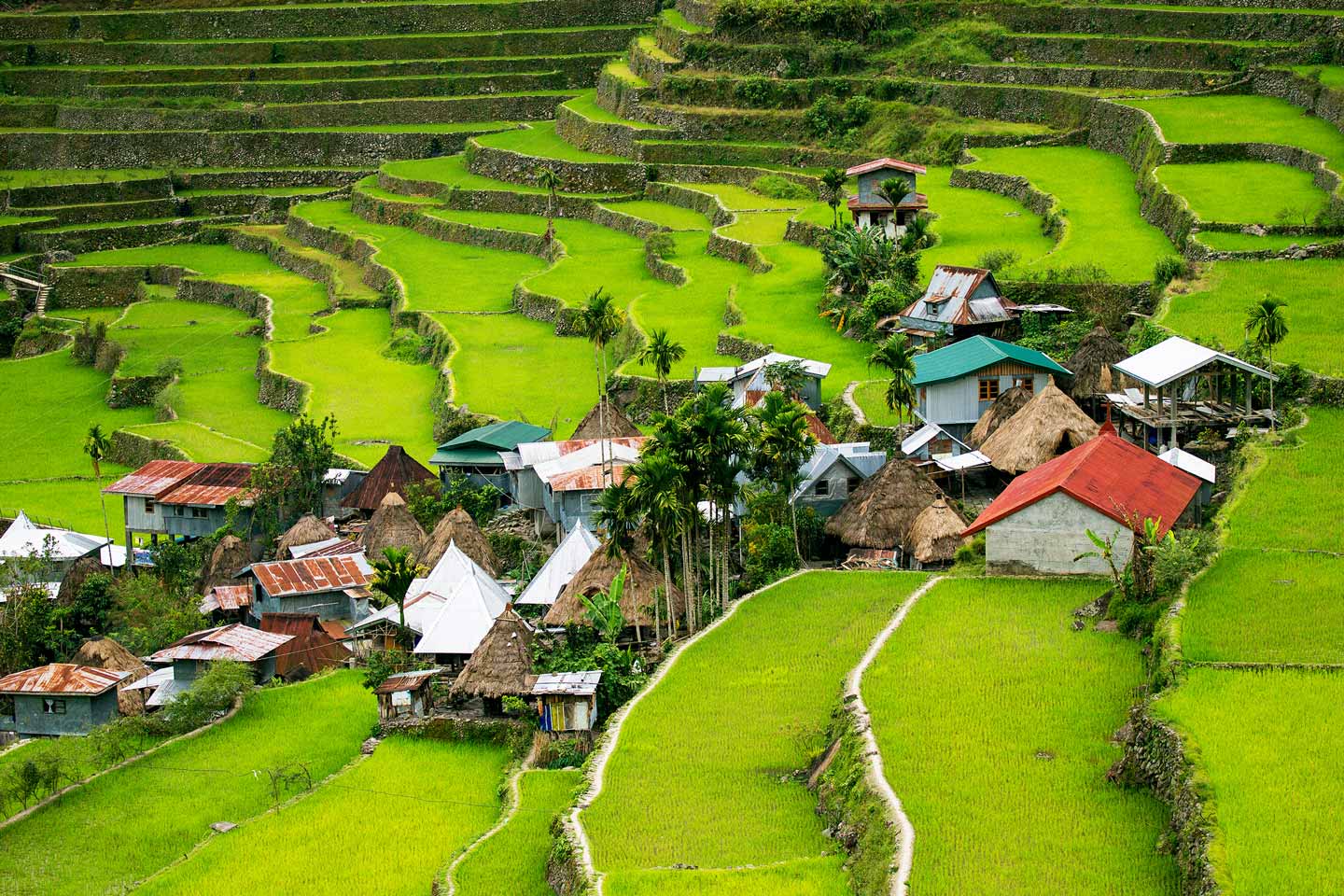
Best Things to Do in the Philippines
Go Hiking Through Rice Terraces and Mountains
While many people head to the Philippines purely to enjoy the many picture-perfect beaches, the Philippines also has some pretty beautiful mountains to climb. One of the best things to do in the Philippines is to head
North to the mountain provinces to hike Banaue, Batad, and Sagada. Here, you can find a complex irrigation system built in the impressive rice terraces, which was engineered by the local tribesmen.
Apart from the rice terraces, there are also loads of other Philippine mountains to climb like Mt. Pulag, Mount Apo, and Pico de Loro.
Party it Up in Boracay Island
Loosely dubbed as the Ibiza of Asia, if you enjoy partying, head on over to Boracay Island where you can bask in a long stretch of white sand during the day and party it up until sunrise by the many beach bars scattered along the shore. Apart from partying, there are also heaps of adventurous things to do in Boracay that are worth checking out.
Go Scuba Diving in Sunken Shipwrecks
For avid underwater explorers, scuba diving in the Philippines is something that you shouldn’t miss. While there are loads of fantastic dive sites in the Philippines, the sunken WWII shipwrecks in Coron, Palawan are considered musts!
Other famous dive destinations are Apo Reef, Pescado Island and Malapascua in Cebu which is famous for the thresher sharks. If you want to venture out further to places like Tubbataha Reef, you can also consider doing a Philippines liveaboard diving trip to help you reach untouched sites. The liveaboard diving in the Philippines can take you to some of the best diving in the region.
Explore Remote Islands
While I could easily ramble on about all the best beaches in the Philippines, I’m afraid I would never end. From the beaches of the lesser known Gigantes Island to the shores of world-famous Palawan (whose beaches was dubbed as one of the best in the world), there is no shortage of islands to choose from.
If you want to go surfing and enjoy world-class waves, go to Siargao Island. If you want to explore beautiful beaches and marine life, head to Palawan. For a good mix of culture, diving, and beaches, head to Cebu, Bohol, Coron, and Dumaguete.
Go Scuba Diving
The Philippines is known for its spectacular marine life. Why not explore the country top and bottom by going on a diving trip? There are various dive schools all over the country as the diving in the Philippines is some of the best in Asia.
If you want more details, take a look at our Philippines liveaboard diving guide where we compare the best boats to help you find the most bang for your buck when it comes to diving in this beautiful country.

What to Eat in the Philippines
Generally speaking, when it comes to Filipino food, a lot of travelers don’t know where to begin. Admittedly, the food in the Philippines isn’t as good as other countries in Southeast Asia like Thailand and Malaysia who have countless of street food stalls everywhere.
Usually, the best Filipino food is when it is home cooked, best eaten with friends and family. Here are a few dishes that I recommend you try out during your time in the Philippines. As a word of warning, if you’re vegetarian, you might have a difficult time traveling around the Philippines as meat is a staple.
Adobo
A meat dish made with either chicken or pork that is stewed with oil, soy sauce, vinegar, and garlic. You can find this in almost every Filipino restaurant and canteen.
Lechon
The ever so famous lechon (whole roasted pig) grabs the bag for one of the must-try meals in the Philippines. Often found during someone’s birthday, a local fiesta (party), or on special occasions.
Kinilaw
The Filipino version of ceviche is light, delicious and is served with many different variations to it. Essentially, it is raw pieces of fish or shrimp marinated in vinegar, lime, onions, and chili.
Boodle Fight
If you ever get the chance to do a boodle fight, take it as it is one of the most memorable food experiences in the Philippines. A boodle fight is where you have heaps of grilled fish, grilled pork, vegetables and rice laid out on banana leaves as you “fight” your way through the meal, eating with your bare hands.
Read more about what to eat in the Philippines or check out the strangest Filipino street food!
If you fancy Filipino food and want to learn more about it, we recommend taking a cooking class, giving you a taste of all the best dishes and delicacies that the Philippines has to offer.
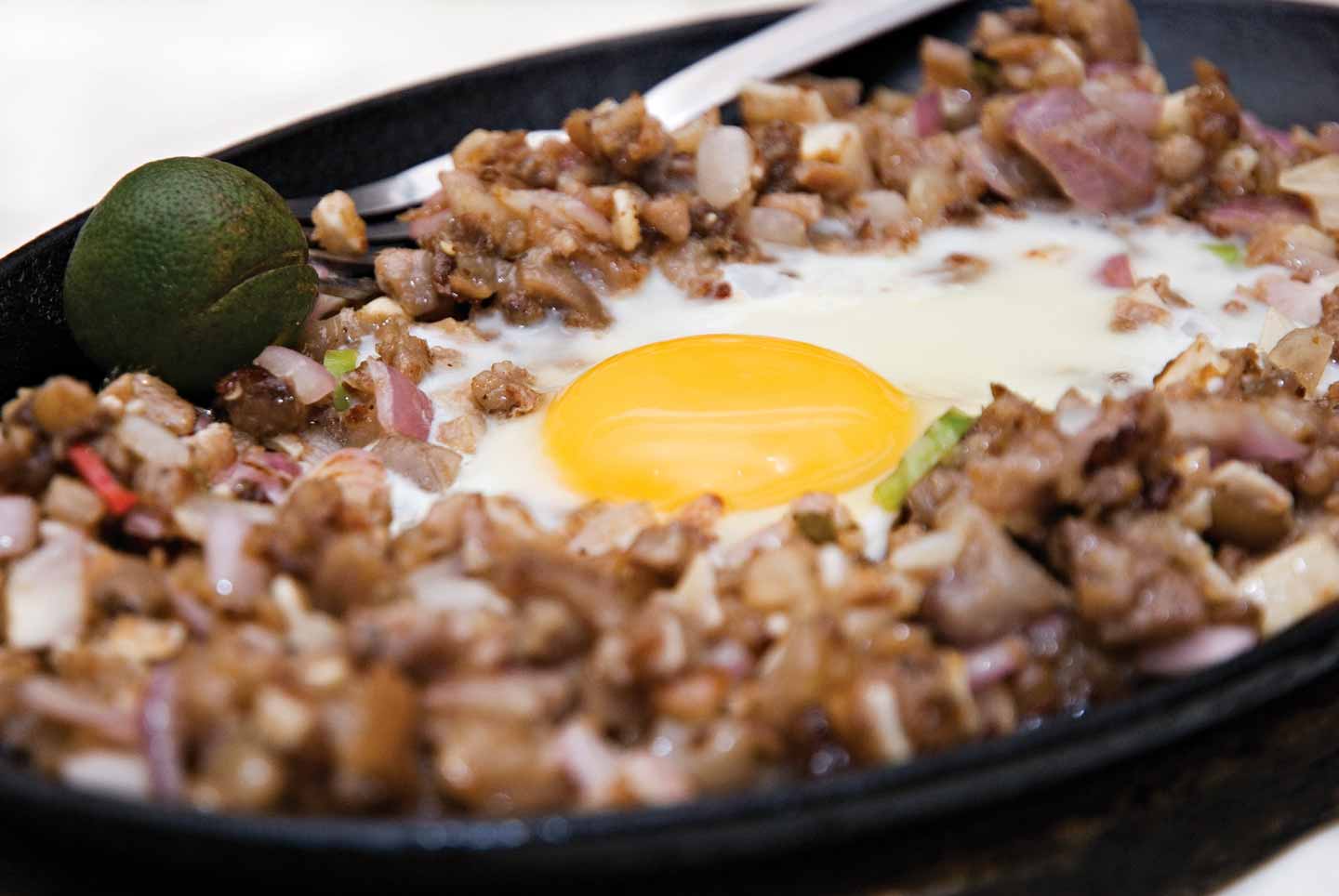
Tours Around the Philippines
If you prefer traveling with a group tour, we highly recommend G Adventures. They are a super reputable company and have been running tours around the Philippines and the rest of Southeast Asia for ages. We particularly love this Island Hopping Tour as it covers all the highlights and more. The reason why we love G Adventures is because they have loads of different tours that cater to different age groups. They have wellness tours, tours for 18-30 year olds, and even tours that take you all over Southeast Asia, allowing you to explore a little bit of everything.
If traveling by yourself isn’t your jam, check out the variety of tours that G Adventures has and the details and dates of each trip. We suggest using the filters in the sidebar to help you find a tour that fits your travel dates and travel style.
Places to Stay in the Philippines
As mentioned, compared to places in Indonesia and Thailand, the value for accommodation in the Philippines is slightly more expensive. While the hostel culture is just starting to catch on, there are plenty of guesthouses, homestays, and hotels to stay in.
Listed below are our personal recommendations on the best places to stay in the Philippines. From cheap and fun hostels to luxurious hotels, check out a few of our top picks on the best hotels in the Philippines.
Where to Stay in Manila
Where to Stay in Palawan
Where to Stay in Cebu
Where to Stay in Boracay
Where to Stay in Bohol
Where to Stay in Siargao
Books to Read about the Philippines
Apart from our travel guide, here are a few other recommended reading material for your trip to Philippines.
Philippines National Geographic Adventure Map. If you like maps, this one by National Geographic is worth getting as it has tons of information to help you plan your trip.
The Tesseract. This fictional book by Alex Garland is set in the Philippines and gives you a quick glimpse of the poverty that is rampantly seen in the country.
Noli Me Tangere. If you want to understand more about the Philippines and its history to oppressive colonizers, this book is a must.
Dogeaters. Another read if you’re interested in history and politics. This book is written based on the political dictatorship that occurred in the Philippines during the regime of Marcos.
